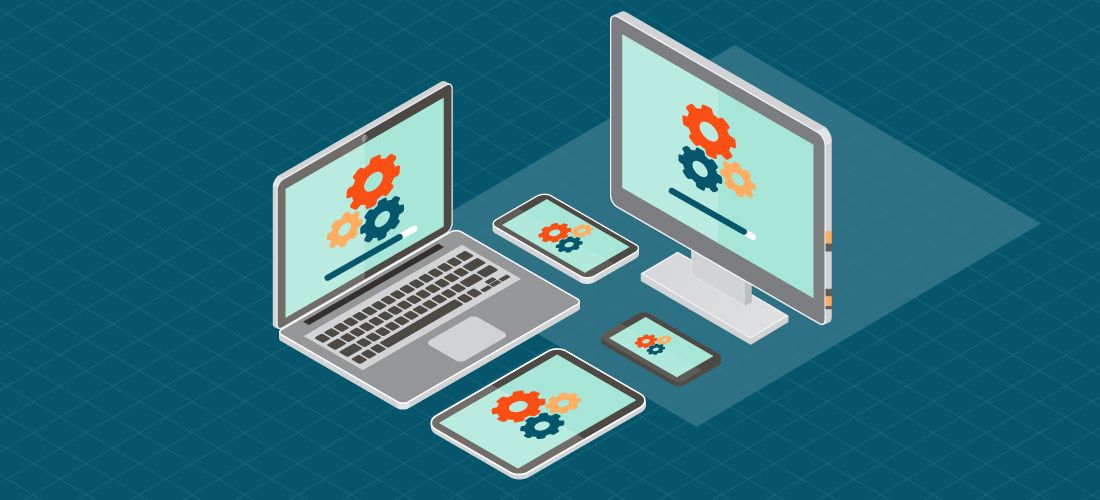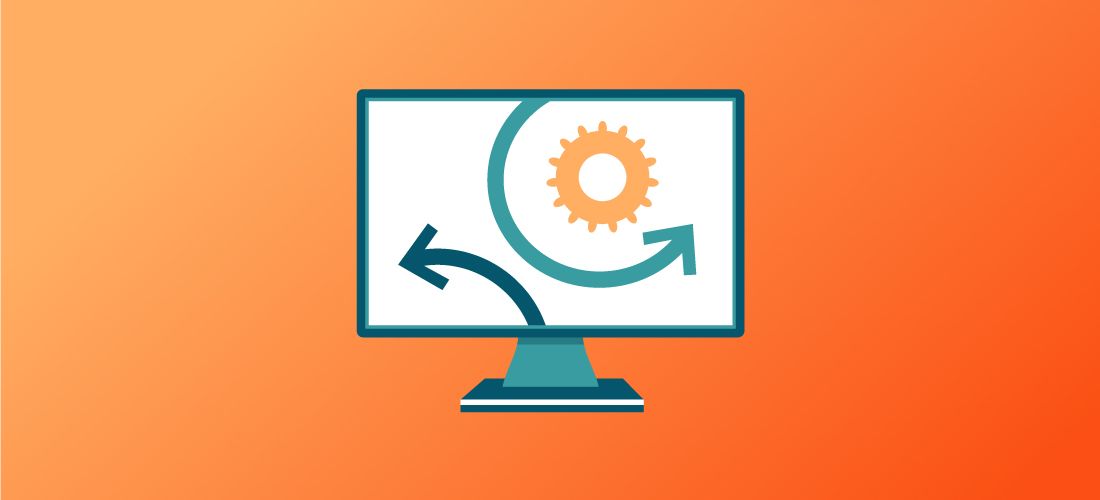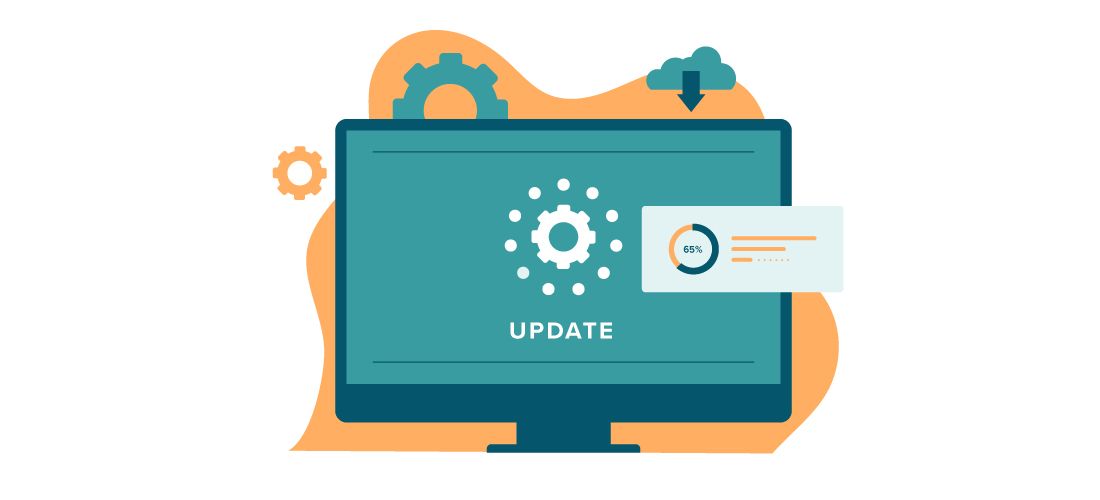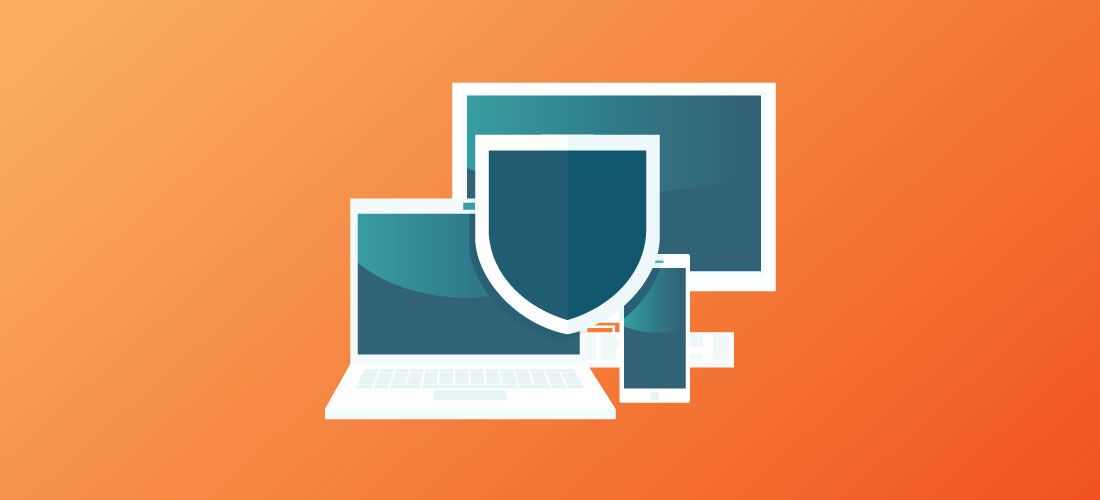
There is no doubt that the IT landscape of yesterday looks significantly different than the IT environments of today, and that the IT environments of tomorrow will be different still. Endpoint protection is no exception. The endpoint protection measures organizations take today will likely look different compared to the strategies and tactics in the future. So the question becomes, “How should organizations structure their endpoint protection strategies to adapt?” In this article, we will dive into the important steps organizations can take now to make their endpoint protection strategies more adaptable and flexible for the future.
Evolving endpoint protection in a changing threat landscape
Endpoint security was once an afterthought, with organizations relying heavily on a strong network. However, with the evolution of work from anywhere most organizations have lost this control and today’s threat landscape requires a more deliberate approach.
Regardless of device type, organizations are moving away from the concept of the network itself as the foremost security layer. The reliance on firewalls alone is no longer sufficient, and reliance on VPN connectivity is waning, as users are reluctant to connect through VPNs or no longer even have the need to. The sheer volume of software and applications accessed to keep operations going requires more updates and patches. And with a significant shift towards cloud-based data access, organizations need to rethink approaches to endpoint protection.
While everything may not transition to the cloud immediately, it’s a reality organizations are compelled to embrace due to the evolving IT security landscape and proliferation of devices in the field and expanding attack surfaces. Securing data in this context requires a readiness to navigate a space where the physical security we once had is no longer guaranteed.
In the realm of digital transformation, companies are diving deeper into their technology stacks, seeking ways to modernize and make infrastructure more accessible.
Establishing adaptable endpoint protection strategies
With current attack vectors, it’s crucial to elevate the importance of endpoint protection, moving it from a secondary concern to a core focus area. System administrators play a key role in proactively securing devices through consistent patching, and taking necessary steps to ensure endpoint protection plans are adaptable to the changing IT security landscape. Here are a few key steps organizations should consider when developing an adaptable endpoint protection strategy.
Conduct a device inventory
Start by gaining a clear understanding of the number and types of devices, applications and software within your environment. Security begins with knowing your devices, as you cannot secure a device if you are unaware of its existence. Getting a handle on all your endpoints forms the foundational step in preparing a security roadmap and having the ability to communicate with these devices anywhere has become more critical.
Additionally, as organizations grow, they inevitably need to add more devices, which comes with additional software that needs to be patched. Endpoints are also not confined to user devices like laptops, phones and tables. Printers, fax machines, point-of-sale systems, and an ever-growing list of Internet of Things (IoT) devices accessing organizational networks are all examples of endpoints and possible areas of entry for bad actors.
Maintaining an up-to-date inventory as your IT environment scales is a crucial step when considering adaptable endpoint protection, no matter where they reside.
Identify a baseline secure state
Ensuring device safety and security can be challenging, given the diversity of endpoints, but it is essential to implement security measures and compliance standards that apply to each device. These can involve aspects like user access control, basic antivirus protection, disk encryption and patching – a commonly identified weak link in endpoint protection. This starts with unifying patch levels across all devices and consolidating end-user computing groups within the organization.
While initial settings can be configured during device deployment, configuration drift can become apparent over time, especially in end-user spaces with administrative rights. Endpoint management systems can be employed to assess device compliance against established baselines. Not only does this measure effectiveness, but it also allows for the enforcement of authentication policies based on the context of that device.
While the goal is to have every device as updated as possible, an inventory of devices paired with a baseline secure state gives organizations a starting point for adapting endpoint protection for a changing IT environment.
As devices stray from these baselines it is critical to have current and ongoing inventory that is both reportable and actionable to ensure the compliance of the environment.
Develop a roadmap
An endpoint protection security roadmap should thoughtfully lay out the company’s direction over shorter timeframes (e.g. six, twelve or eighteen months). Longer timeframes may lack actionable insights, whereas shorter plans help sequence dependencies, backlog tasks, and empower teams with achievable goals.
In either case, a roadmap ensures that a plan is in place, but it is also not so set in stone that plans can’t or shouldn’t change. Success requires embracing an iterative approach and being willing to adjust along the way.
Part of developing this roadmap should include an ownership component. Who is the owner of certain processes? How does their ownership of this part of the process impact other parts of endpoint protection? It is vital that everyone is on board from the start. Including an ownership component in your roadmap gives everyone involved actionable steps to take.
Often in the quest for protection, launching to production can be delayed until everything seems flawless. However, this often doesn’t lead to success. Achieving endpoint protection is the goal, but that goal can change as the landscape evolves.
Flexibility, as we have seen in the last three years, enables organizations to achieve endpoint protection whilst keeping users productive during rapidly changing times.
Operationalize device management
Whether organizations issue devices or have a bring-your-own-device (BYOD) policy, IT teams will gravitate towards whatever approaches allow them to most easily find, manage, and secure devices. Whether that means provisioning and sending devices to new users, or putting restrictions on the applications and data that BYOD devices can access, operationalizing a standard process for making that happen is crucial for adaptable and effective device management.
Without a device management strategy, organizations lack a streamlined policy of how devices are managed, controls to run scripts, install applications, or encrypt or patch devices. On top of that, IT teams are justifiably skeptical of installing a burdensome systems management agents onto hundreds or thousands of devices, and then having to troubleshoot user complaints.
A standard baseline of policies issued across devices is a great place to start. The way organizations need to manage devices has evolved and device management strategies must evolve as well.
Keep pace with patching
Given the heightened frequency of end-of-life in software and escalations of cybercrime, organizations that fall behind in patching will find their overall endpoint protection lacking. Part of this struggle stems from the intricacies inherent in the patch management process.
Many organizations can and do fall behind in patching due to various reasons. Patching often consists of repetitive tasks that are driven by sudden events and short-term fixes. On top of that, the number of patches to issue to deploy can be daunting. and—without an updated inventory—knowing if aging software versions are in a patchable state makes issuing those patches even more complicated. Knowing what versions you have installed and the ability to add, remove and modify the install base to maintain a critical baseline is required.
Automating that process as much as possible would be ideal, but constraints or reluctance to consider needed changes can halt progress.
Policy-driven patch management can streamline some of those processes. Systems management appliances monitor and perform continuous detection. If a device needs an update, a policy-driven patch management system validates it, the appliance deploys it, verifies the update, and refreshes the inventory. If an urgent or critical patch is released, defined policies determine the need and install the patch.
Keeping pace with patching is a challenging ask, but it’s a crucial facet of maintaining an adaptable endpoint protection plan and safeguarding organizational security.
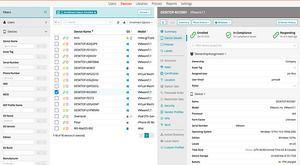
Patch, secure, and manage every endpoint
Work in concert with users
Security is a shared responsibility and involves empowering users with knowledge and resources for success. Users need to understand why endpoint protection matters, how it helps safeguard the organization, and their role in making sure that their devices are up to date. Exposing them to knowledge around how, and why phishing attacks occur, how to identify and avoid them in the first place plays a significant role in an organization’s plan to maintain endpoint and data security. Their buy-in makes securing an organization a much easier task.
Prioritizing user experiences also helps to secure their cooperation. Some patches and updates may need to be installed that require device restarts or disrupt user workflows. Mitigate these interruptions by strategically patching during non-critical hours whenever feasible, rather than imposing updates uniformly on all devices.
Additionally, empowering users with the option to choose more convenient times or opt for after-hours updates with reasonable deadlines for installation ensures better adoption. A user-centric approach that gives users the freedom to make these decisions at times that are suitable for their schedules fosters greater receptiveness to future adjustments and developments as the needs of your environment change.
Conclusion
The shifting landscape of endpoint protection necessitates a holistic and adaptable approach. From establishing a secure state to redefining security paradigms in the digital transformation era, organizations must prepare for evolving endpoint protection. Relying on network security measures alone is no longer sufficient. Instead, businesses must remain agile, prioritizing proactive measures and developing flexible roadmaps to better prepare for the challenges of tomorrow.

